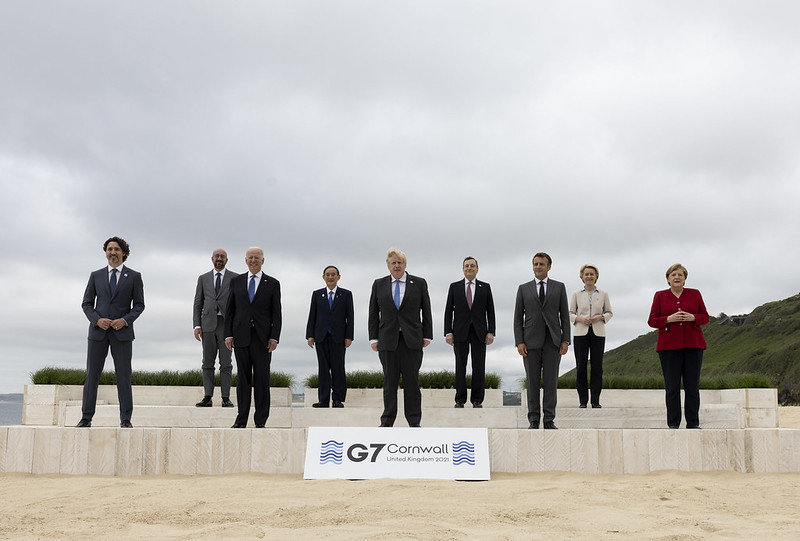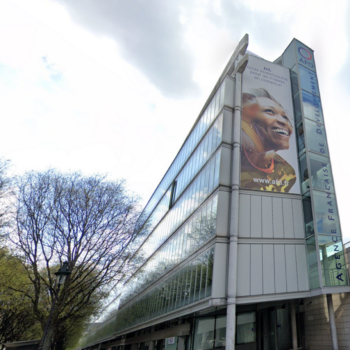At this week’s G7 leaders’ meeting, a central question will and has to be mobilising public investment for the climate transition. Various outlets are reporting UK prime minister and US President Biden propose scaling up infrastructure investment to support the transition in developing countries, dubbed the ‘Green Marshall Plan’. Others speculate new G7 climate finance pledges will signal some goodwill to deliver the $100 billion promise.
Public investment must shift toward the transition into net-zero, resilient economies. Three elements are needed:
- getting public finance out of fossil fuels,
- mobilising public finance and leveraging additional private capital for the climate transition
- large-scale multilateral investment in a green and resilient global recovery to catalyse the transformation.
Progress has been made on item number one; the others must be tackled now.
End for fossil support
Following the UK’s ban on overseas fossil fuel investment, and the return of the US to the global climate stage, the G7 now has an effective ban on international coal finance post-2021. Similar announcements by South Korea put pressure on countries like Australia and China, raising hopes that international public investment in coal will soon be history.
The new IEA (International Energy Agency) net-zero scenario will further drive the dynamic. It is unequivocally clear that there can be no new investment in oil and gas production or processing a big shift by a notoriously conservative energy agency. It will be very hard for investors, governments and multilateral development banks which are committed to net-zero emissions by 2050, to ignore the scenario.
Even on the issue of natural gas, things look brighter. The European Investment Bank is leading the way for public finance institutions, banning virtually all gas investments by the end of this year. G7 Leaders could inject further momentum into the finance shift by announcing concrete timelines for ending their public investment in all fossil fuels this weekend.
Mobilising public investment for the transition
Despite industrial countries mobilising COVID-recovery packages worth trillions of dollars, hopes for a green recovery that would be transformative have been largely disappointed so far. The world needs to simultaneously tackle the COVID-19 and climate crises. Now is the time to design a climate- smart and resilient economic recovery.
Scaling international public climate finance is crucial, as we see a significant gap between public investment in high-income countries and the investment in middle- and low-income countries. The Paris Agreement calls for climate finance for developing countries to be mobilised to the scale of $100 billion annually by 2020 out to 2025. Based on the latest data, climate finance counting towards the $100 billion has been on an upward trajectory but falls short of the target.
What is needed now is a targeted offer by industrial countries that will enable a green and inclusive recovery globally.
What would a successful path to shift public finance into the global climate transition look like?
- This week, following their full ban on international coal finance, G7 leaders make a large investment offer for clean and green development pathways for low- and middle-income countries. They also reiterate their commitment to a global green and climate-resilient recovery – domestic and globally.
- In July, international financial institutions at the Venice Climate Summit and the G20 finance ministers scale up investment for developing countries and new climate finance pledges.
- In September, at the Finance in Common Summit, national and regional public banks follow suit. They commit to full Paris Alignment and emphasise their role in accelerating and crowding in private finance through strategic partnerships and scaling-up of de-risking instruments for the climate transition.
- In October, at World Bank and IMF Annual Meetings, a shareholder and public bank coalition invest in resilience and clean technologies, oriented along recent investment estimates of the IEA. Commitments of the G7, G20 and MDBs (Multilateral Development Banks) are interlinked with the work of the COP26 Energy Transition Campaign and the UK & Fiji-led Access to Finance taskforce. All options are evaluated to scale up investment, from multilateral development banks leveraging climate finance, to replenishing concessional climate funds, to capital support for national development banks in developing countries.
- By COP26, multilateral initiatives from the G7, the MDBs, the COP26 Energy Transition Campaign and the Access to Finance Taskforce demonstrate serious global solidarity for clean and green development. This creates a renewed dynamic for tackling climate change as a global community.
What legacy does Boris Johnson want to leave from his government, holding the COP26 and G7 presidencies? If he commits to these steps at leaders’ level over 2021 his legacy would be one that enabled public investment, in particular MDBs, to become the market makers and climate action accelerators we need.


